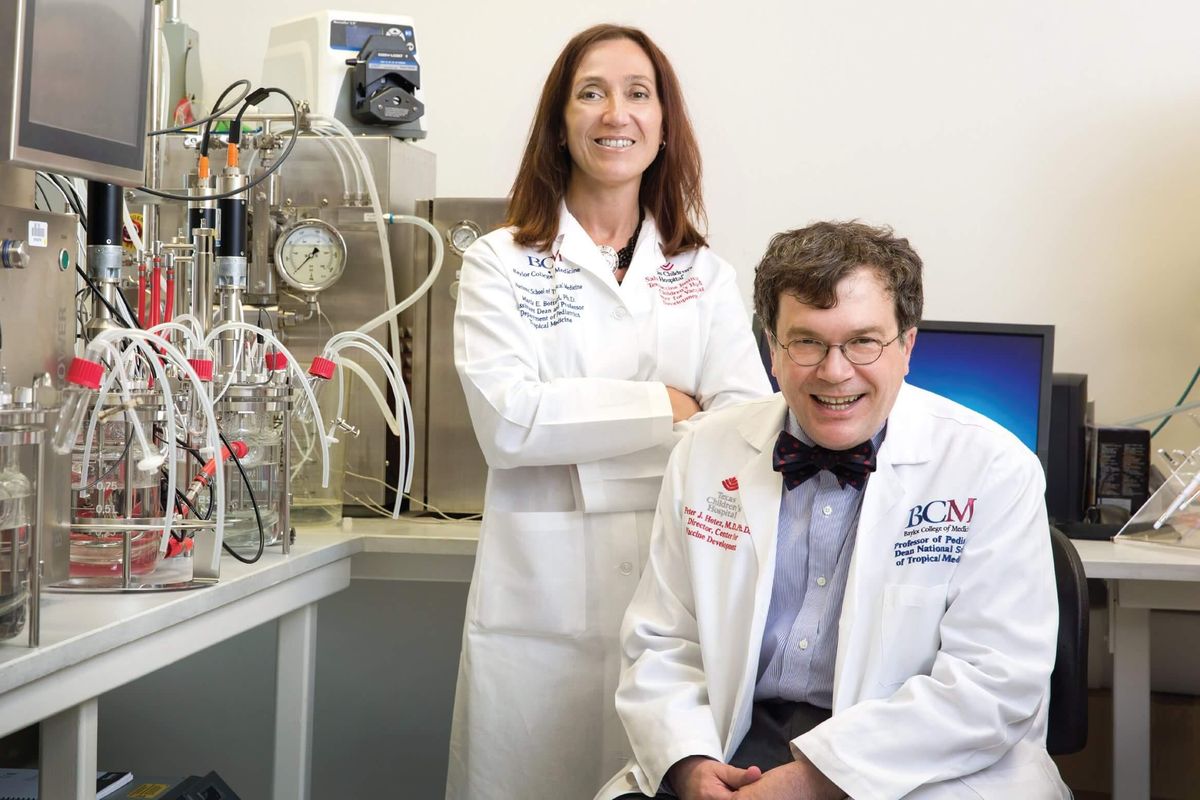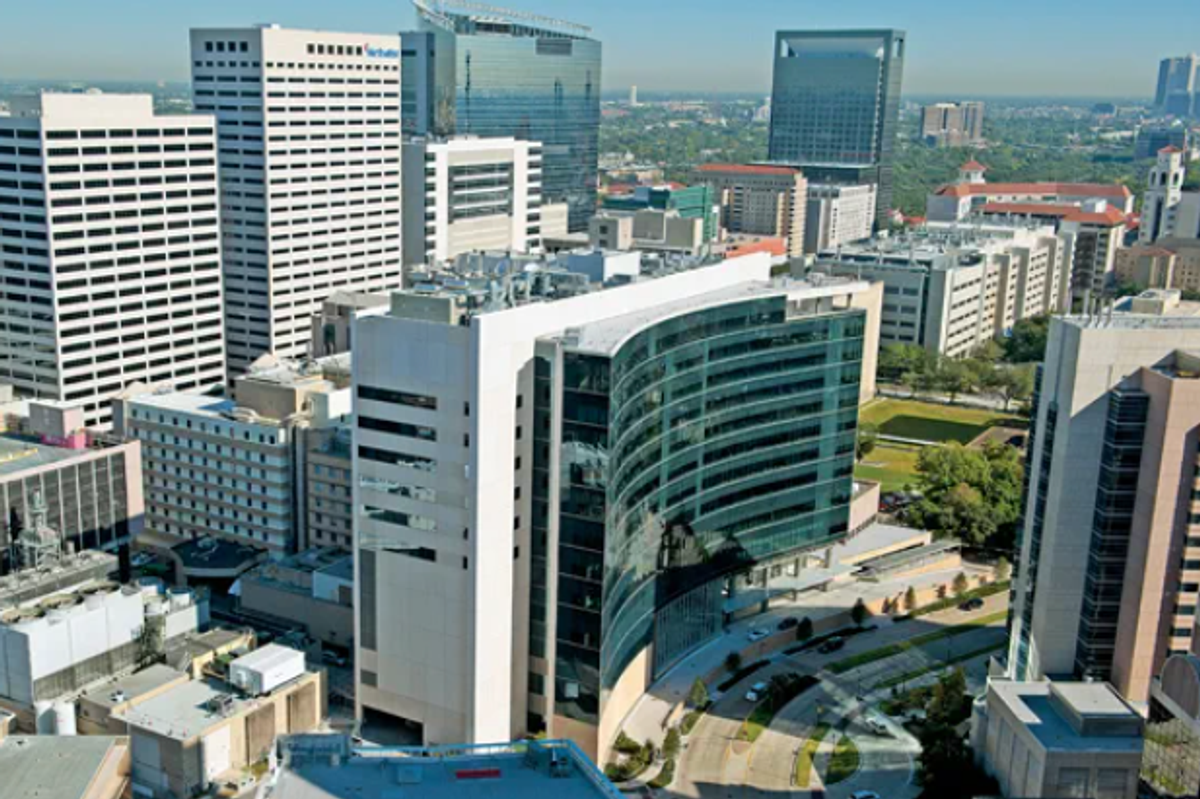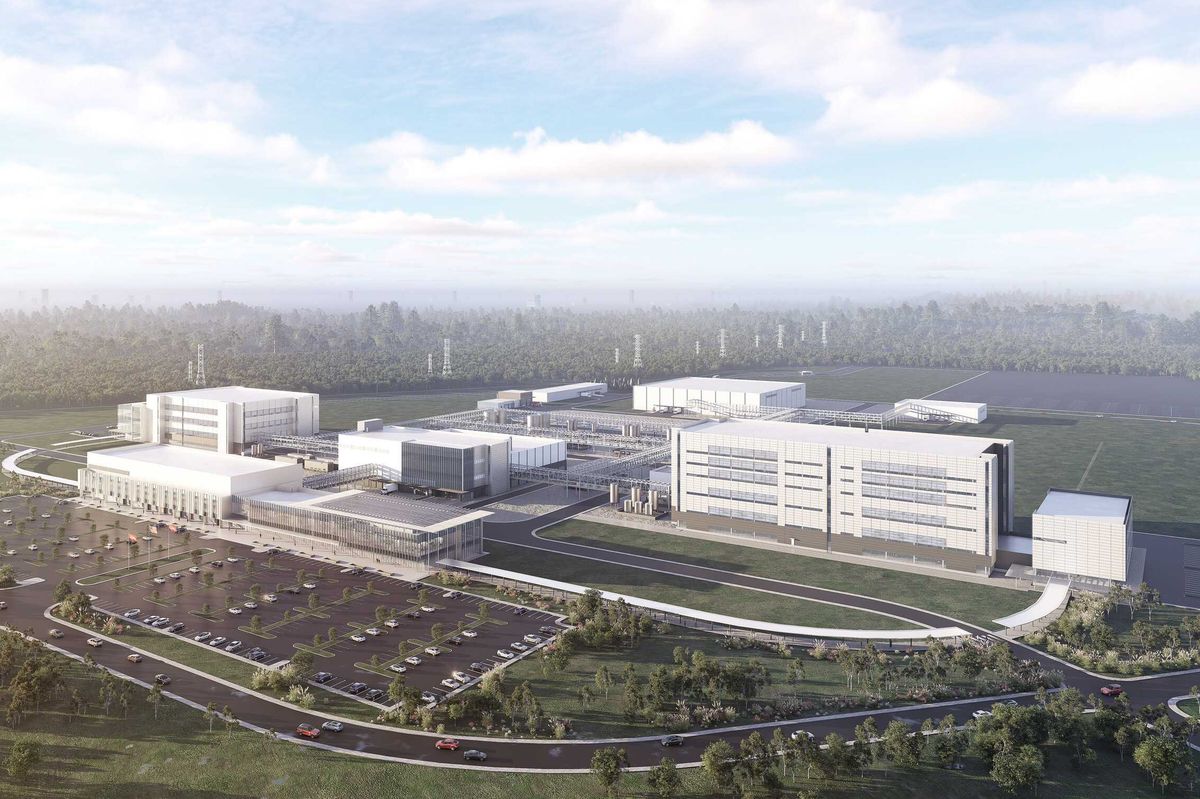Rice research explains a new way to measure default risk for investors
houston voices
Up until the 2007-2009 financial crisis, credit default swaps (CDS) were a predominant method for predicting the probability of corporate default. CDS function like insurance for loan assets — if an asset defaults, the bank who purchased the CDS would recoup their loss. Higher-risk assets usually have higher premiums, and in this way the price of a CDS indicates the probability of default.
When the housing market crashed in 2007, the CDS market crashed along with it when banks had to pay out more than they had expected. The CDS market is not expected to ever return to its previous high, leaving a void in market-driven estimates for determining an asset’s default probability.
To fill that void, a team of researchers including Rice Business Professor Robert Dittmar created an alternative method for measuring default risk: equity options data. The team found that equity options not only correlate with CDS data in terms of accurate prediction of default but also provide additional insights on what types of assets are more likely to default, and when they will default.
There are two types of options, a call option, which is essentially a bet that a stock’s price will be higher than a contracted value (the strike price) and a put option, which is a bet that a stock’s price will be less than a contracted value.
A put is often viewed as an insurance contract — if you hold a stock, but also a put option on it, you limit your loss on the stock if the stock price falls.
“What we are looking at is essentially how expensive put options get,” says Dittmar. “If the market thinks a company is likely to default, it expects that its stock value will fall (almost to zero). As a result, put options, which represent insurance against this loss become more expensive. We are looking at how these option prices change to see if they inform us about the probabilities of default.”
According to Dittmar and his team, this approach has several advantages. 1) There are more stocks with options than CDS. 2) The CDS market is drying up whereas the option market remains liquid. And 3) Because of the nature of an option contract, and the fact that in principle equity holders have the lowest claim on a company’s assets, this approach may allow investors to predict losses in case of default.
The team looked at CDS quotes on 276 firms between 2002 and 2017, focusing attention on entities that had quote data available on one-year credit default swaps. The 15-year sample enabled the researchers to analyze the money lost through defaults over a longer period of time, including the 2007-2009 financial crisis.
Using equity options data as a predictor of default led to some interesting insights. First, there are two components that investors in corporate bonds think about when weighing default risk — the probability of default and (should there be a default) how much of the bond’s principal they will get back (i.e., recovery rate). “What we see is that credit ratings imply different levels of default thresholds, which may mean that investors believe that there are differences in the amount that debt holders will lose in the case of default,” says Dittmar.
Second, option-implied default probabilities correlate to historical changes in the economy. Default probabilities are higher in bad economic times and for firms with poorer credit ratings and financial positions. Default spikes are more likely during times of economic turbulence, such as the financial crisis of 2007-2009, which correlated with the decline of the CDS market after an onslaught of debt defaults during the recession. Assets are less likely to default during times of economic expansion. Over the period of 2013-2017, forecasted losses through defaults hovered around 15%.
The research sample ends in 2017, and the paper was published in 2020, about a month after the start of the coronavirus pandemic. Since then, there have been unprecedented changes in the economy, and some economists are anticipating another recession in 2023. With such instability in the market, multiple methods of predicting losses should be especially relevant. This research suggests that the equity options market may provide additional ways of finding the probability of these losses.
------
This article originally ran on Rice Business Wisdom and was based on research from Robert Dittmar, professor of finance at the Jones Graduate School of Business at Rice University.




















